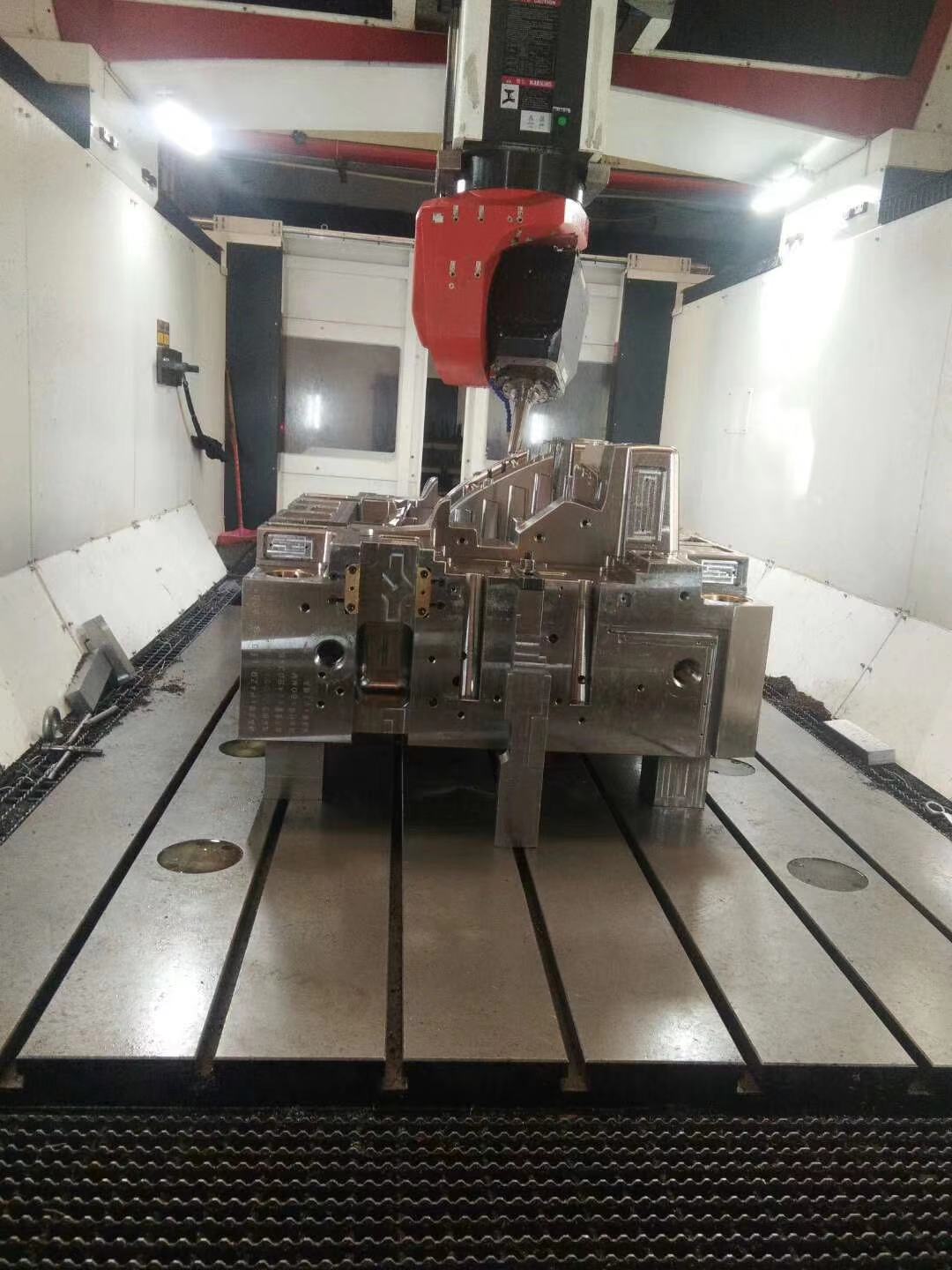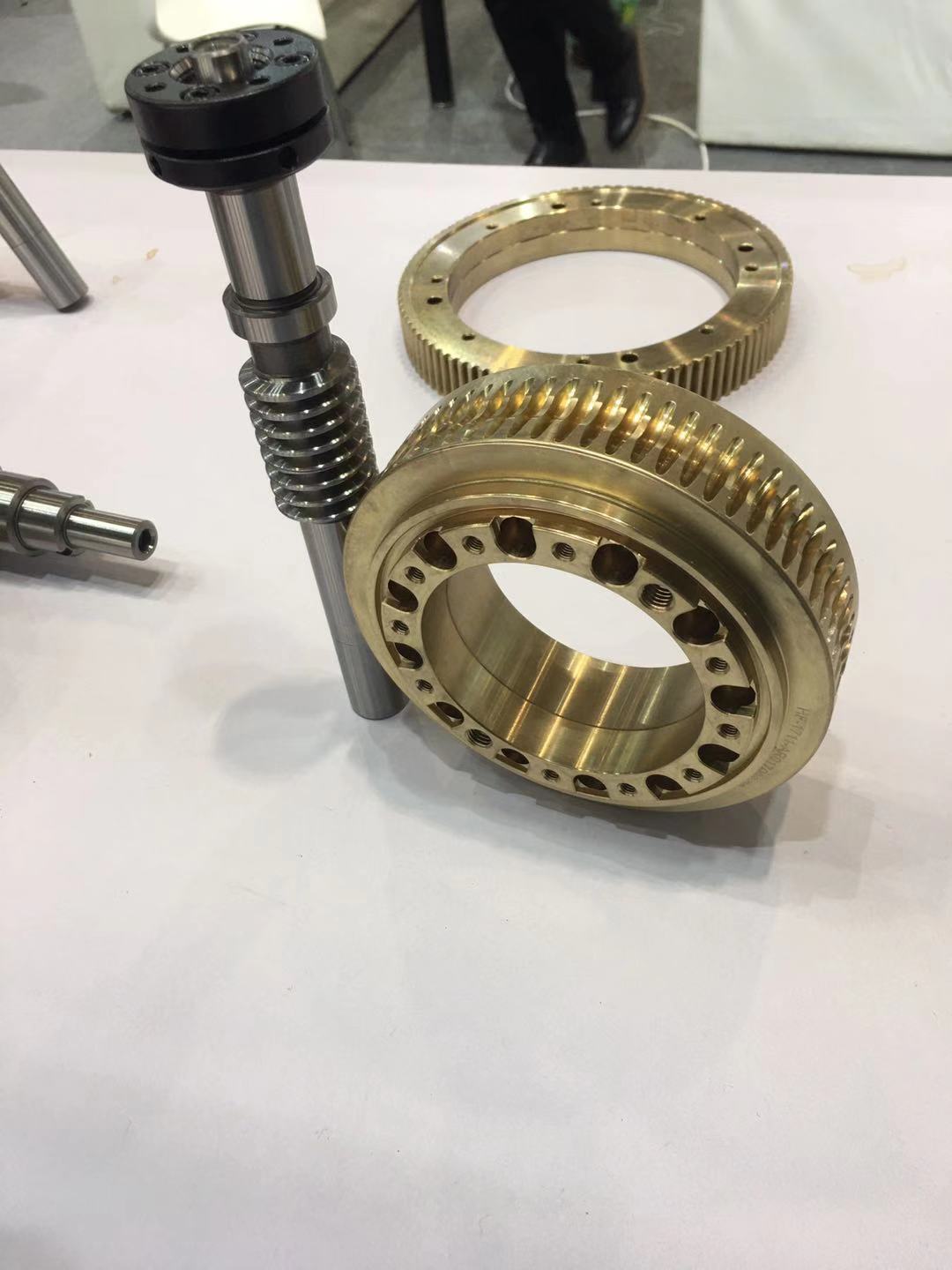GoodBo Mould Co., Ltd is a professional mold manufacturer and service factory that integrates research and development, production, and sales. We are located in Shenzhen, Guangdong Province, only a few minutes away from Shenzhen Airport and Port. It has been engaged in the manufacturing industry since 1988.
The company currently has over 200 employees and produces around 400-600 sets of various plastic injection molds, including auto parts,home appliances,medical instruments,office appliances,communicating equipments, annually. We define quality as the overall customer satisfaction and actively promote standardization of components and management. GoodBo Mould has global customers such as Nissan,FAW-Volkswagen,HONDA,Sony,HP,Canon,Haier,Samsung,Media,Ford,Hyundai,KONKA.
Why Choose US?
- 1GoodBo Mould has a professional management team which uses the modern Horizontal Opening Management Pattern. We define quality as total customer satisfaction and actively deploy the push of the work for components and management standardization. This drives us to settle for nothing less than excellence in all aspects especially for the short lead time as we continuously improve our strong compliment of staff and processes.
Mould---FAQs Guide
2.What processes are involved with the conservation and maintenance of a mould?
3.How important is the accuracy of a mould?
4.What kind of coatings are used for mould surfaces to reduce wear and tear?
5.What kind of cooling systems are used for moulding?
6.What kind of lubricants are used to reduce mould friction?
7.what is injection moulding?
8.What are the advantages and disadvantages of using a 3D printed mould?
1.How does the quality of a mould affect its production speed?
As one of the mould market leaders, we are known for innovation and reliability.
The quality of a mould affects its production speed because a higher quality mould will be more precise and have fewer imperfections, which will allow it to produce parts faster and with fewer defects. Poorly made moulds can cause production delays due to imperfections that require additional time to fix or rework. Additionally, higher quality moulds are typically made from higher quality materials, which can also help to increase production speed.
2.What processes are involved with the conservation and maintenance of a mould?
We should have a stable supply chain and logistics capabilities, and provide customers with high -quality, low -priced mould products.
1. Cleaning: Moulds should be cleaned regularly to remove any dirt, dust, or debris that may have accumulated on the surface. This can be done with a soft cloth or brush and a mild detergent.
2. Inspection: Inspect the mould for any signs of damage or wear. If any damage is found, it should be repaired or replaced as soon as possible.
3. Lubrication: Moulds should be lubricated regularly to ensure that they are functioning properly and to prevent wear and tear.
4. Storage: Moulds should be stored in a cool, dry place away from direct sunlight and other sources of heat.
5. Maintenance: Regular maintenance should be performed on the mould to ensure that it is functioning properly and to prevent any further damage or wear. This may include replacing worn parts, sharpening cutting edges, and checking for any signs of corrosion.
3.How important is the accuracy of a mould?
We operate our mould business with integrity and honesty. The accuracy of a mould is extremely important, as it directly affects the quality of the finished product. If the mould is not accurate, the product may not fit together properly, or may not have the desired shape or size. In addition, if the mould is not accurate, it can lead to defects in the finished product, such as warping, cracking, or other imperfections.
4.What kind of coatings are used for mould surfaces to reduce wear and tear?
Our mould products undergo strict quality control to ensure customer satisfaction. Common coatings used for mould surfaces to reduce wear and tear include hard chrome plating, electroless nickel plating, and diamond-like carbon (DLC) coatings. Hard chrome plating is a hard, wear-resistant coating that is applied to the mould surface to reduce friction and wear. Electroless nickel plating is a corrosion-resistant coating that is applied to the mould surface to reduce wear and tear. Diamond-like carbon (DLC) coatings are a type of hard, wear-resistant coating that is applied to the mould surface to reduce friction and wear.

5.What kind of cooling systems are used for moulding?
We have advantages in marketing and channel expansion. Suppliers have established good cooperative relations, continuously improved workflows, improved efficiency and productivity, and provided customers with high -quality products and services. The most common cooling systems used for moulding are water cooling systems, air cooling systems, and oil cooling systems. Water cooling systems are the most efficient and cost-effective, as they use a closed-loop system to circulate coolant through the mould to quickly cool the plastic. Air cooling systems use fans to blow air over the mould to cool it, while oil cooling systems use a heat exchanger to transfer heat from the mould to a cooling oil.
6.What kind of lubricants are used to reduce mould friction?
We have a good reputation and image in the industry. The quality and price advantage of mould products is an important factor in our hard overseas market. Silicone lubricants, graphite lubricants, and PTFE (polytetrafluoroethylene) lubricants are all commonly used to reduce mould friction.
7.what is injection moulding?
We pay attention to the introduction and training of talents, scientifically regulate the management system, and focus on cultural construction and team cohesion.
Injection moulding is a manufacturing process for producing parts by injecting molten material into a mould. It is most commonly used in mass-production processes where the same part is being created thousands or even millions of times in succession. The process involves melting the material, injecting it into a mould, and then cooling it so that it hardens into the desired shape.
8.What are the advantages and disadvantages of using a 3D printed mould?
We should enjoy a good reputation in the industry, and we can increase the added value of the products of cooperative customers through technological innovation. Advantages:
1. Cost-Effective: 3D printed moulds are much cheaper than traditional moulds, making them a great option for small businesses and startups.
2. Quick Turnaround: 3D printed moulds can be produced quickly, allowing for faster product development and prototyping.
3. Versatility: 3D printed moulds can be used to create complex shapes and designs that would be difficult to achieve with traditional moulds.
4. Customization: 3D printed moulds can be customized to fit specific needs, allowing for greater flexibility in product design.
Disadvantages:
1. Limited Durability: 3D printed moulds are not as durable as traditional moulds and may not be able to withstand the same level of wear and tear.
2. Limited Materials: 3D printed moulds are limited to the materials that can be used in the printing process, which may not be suitable for certain applications.
3. Limited Accuracy: 3D printed moulds may not be as accurate as traditional moulds, which can lead to imperfections in the finished product.
4. Limited Finishes: 3D printed moulds may not be able to achieve the same level of finish as traditional moulds, which can affect the overall quality of the product.


